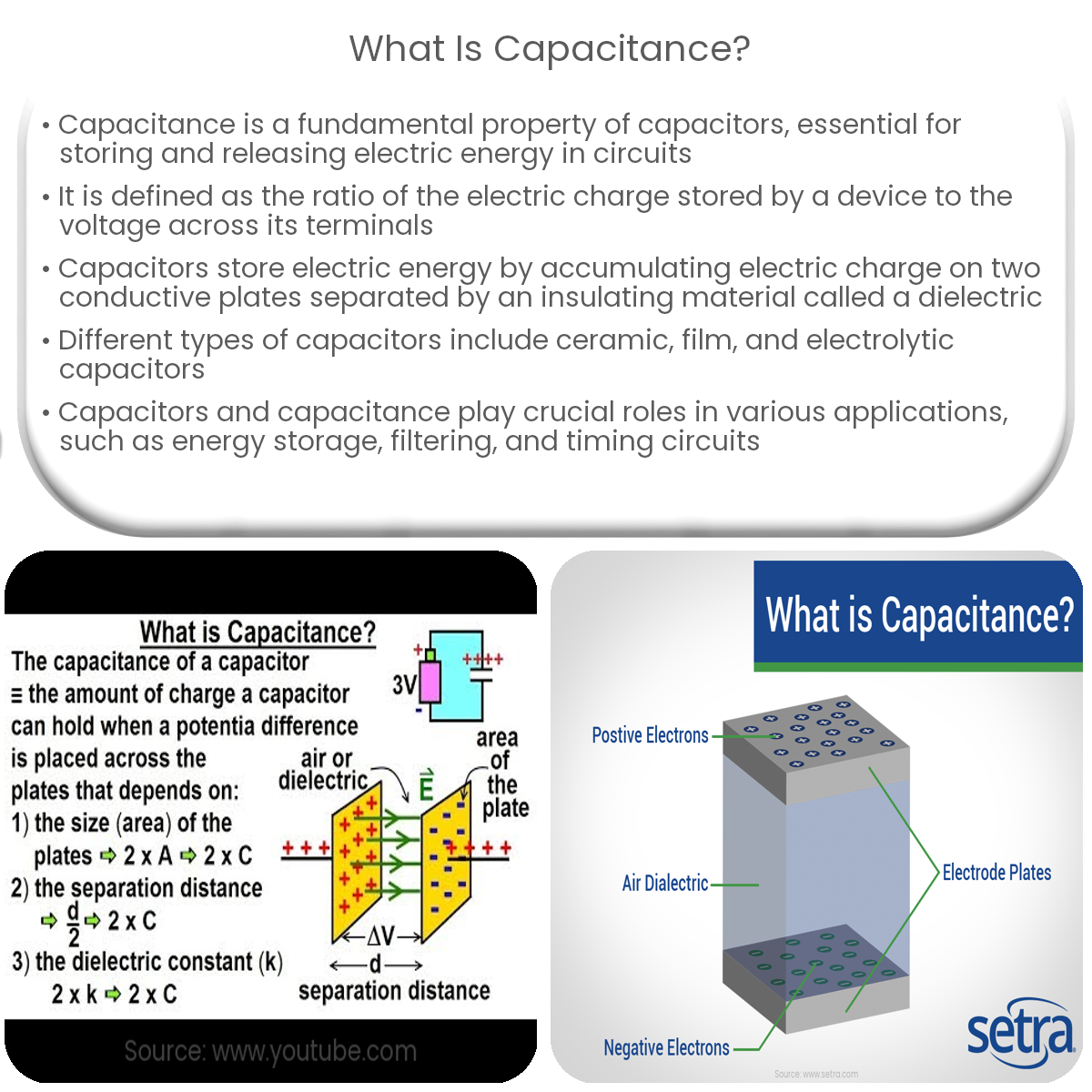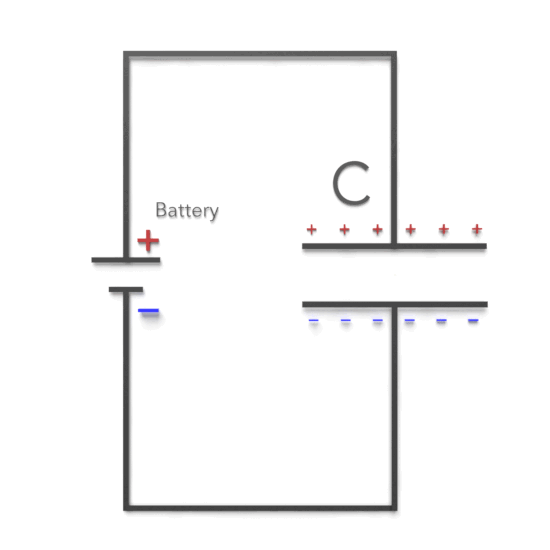Capacitance is the ability of a device, like a capacitor, to store electric charge and is measured as the ratio of charge stored to voltage applied.
Introduction to Capacitance
Capacitance is a fundamental property of electronic components known as capacitors, which are essential for storing and releasing electric energy in circuits. Understanding capacitance helps in the design and analysis of electronic systems.
Defining Capacitance
Capacitance is the ability of a device to store electric charge. It is defined as the ratio of the electric charge (Q) stored by the device to the voltage (V) across its terminals:
C = Q / V
Where:
A higher capacitance value indicates that a device can store more charge for a given voltage across its terminals.
Capacitors
Capacitors are electronic components that store electric energy by accumulating electric charge on two conductive plates separated by an insulating material, known as a dielectric. The capacitance of a capacitor is directly proportional to the surface area of the plates and the permittivity of the dielectric, and inversely proportional to the distance between the plates.
Types of Capacitors
There are various types of capacitors, including:
Applications of Capacitance and Capacitors
Capacitors and the concept of capacitance are essential in various applications, such as:
Understanding capacitance and capacitors is vital for designing, analyzing, and troubleshooting electronic systems and devices.




